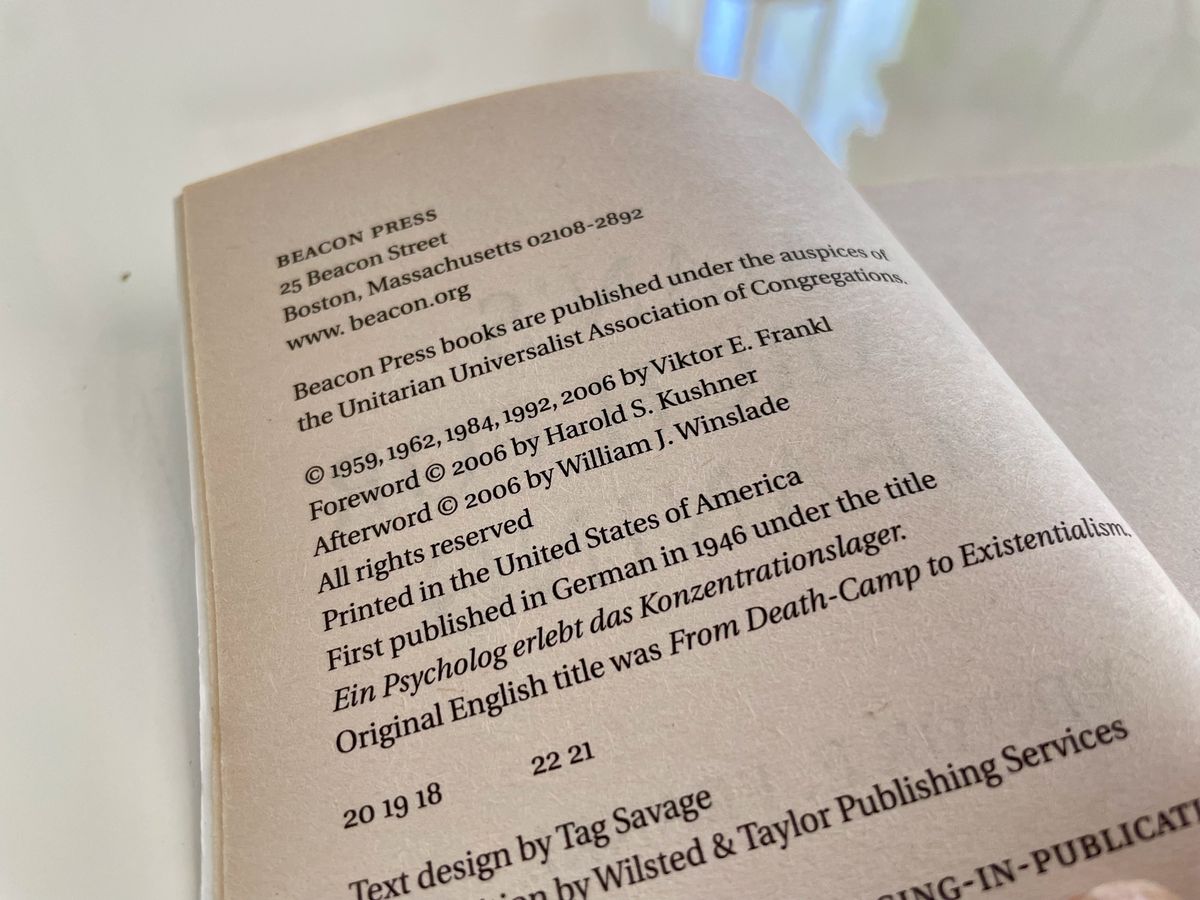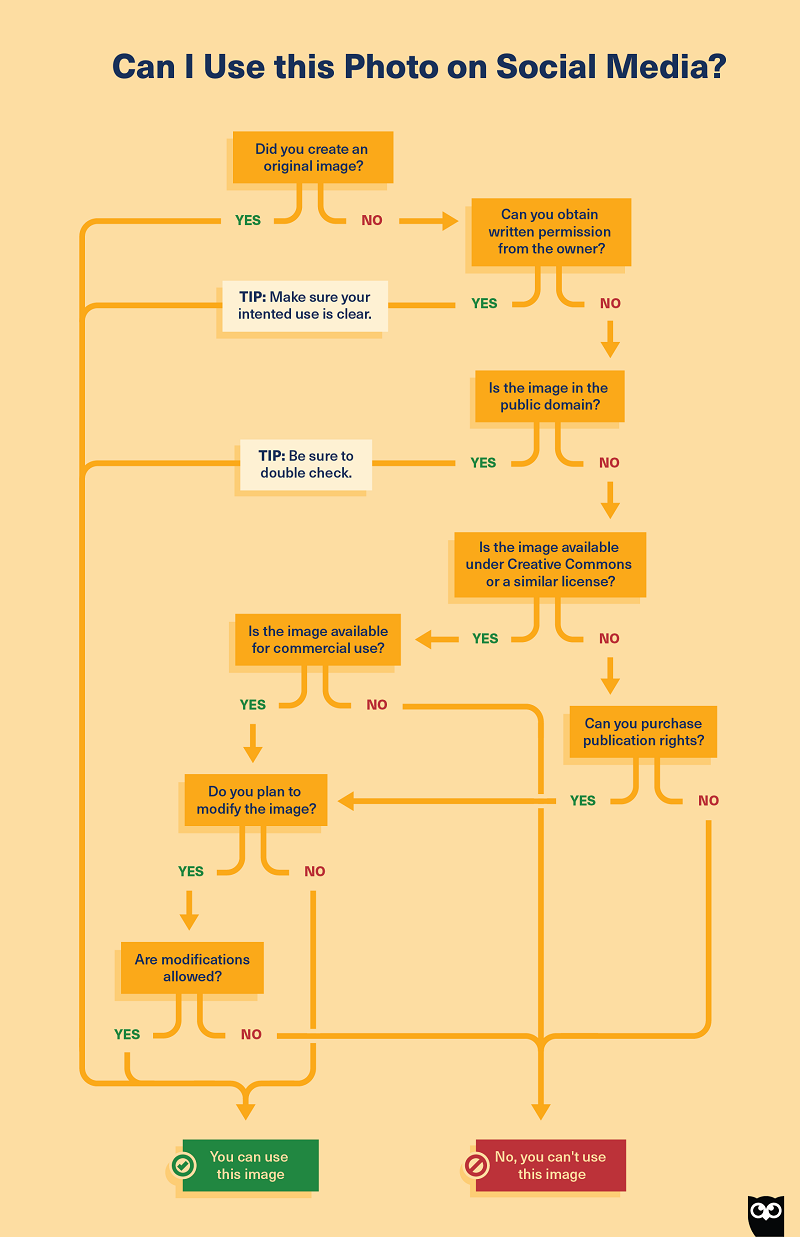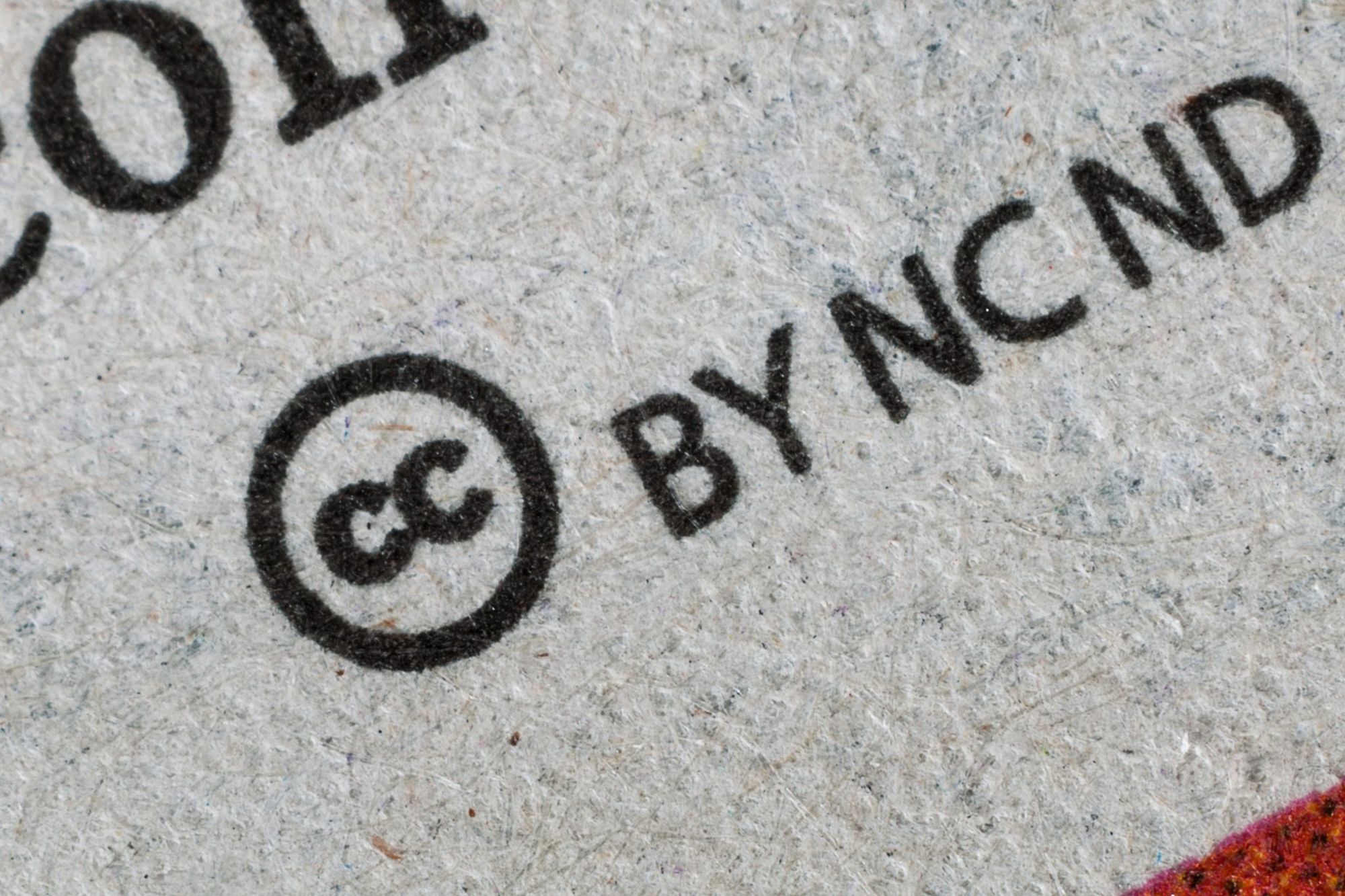Get copyright for web content
Quick guide to make sure you have the proper rights to use content on the web. I also list and explain the most used forms of copyright.

When you publish on the web, you soon come up against copyright. I will first answer the most common questions and then explain the most common forms of copyright.
What is copyright?
Copyright is a form of intellectual property that protects original works of authorship once an author records the work in a tangible form of expression. In copyright law, there are many types of works, including paintings, photographs, illustrations, musical compositions, sound recordings, computer programs, books, poems, blog posts, films, architectural works, plays, and much more!
Is copyright the same everywhere?
Today, national copyright laws are standardized to a certain extent by international and regional agreements such as the Berne Convention and the European Copyright Guidelines.
The copyright laws of different countries have similarities, but each jurisdiction has its laws and regulations. Some jurisdictions also recognize moral rights of creators, such as the right to be credited for the work.
Are all images copyrighted?
All images on the web are copyrighted.
What happens if I violate someone's copyright?
If the infringement is noticed, you may receive a notice ordering you to cease and desist from any infringing activity. Every so often that is enough, but it can also lead to a lawsuit. This web page explains it in detail:
https://www.forbes.com/advisor/business/what-is-copyright-infringement/
Do the same copyright rules apply to social media?
Yes, actually, they do. But it does not apply to sharing photos within a platform such as Twitter, Instagram or Facebook because you have given permission for that. Here is handy scheme:

How do I find out who owns the copyright to a work I want to use?
Typically it is mentioned, but otherwise you will have to search in the database or ask. If in doubt, or if you can't find a copyright holder, it's best to leave it at that.
Three most common forms of copyright
After these frequently asked questions, I'll briefly explain the three most common forms of copyright. It's not exhaustive, but as they are the most widely used, it should go some way to explaining them.
Creative Commons (CC0)
The use of a work under the CC0 licence has no restrictions for personal or commercial use. Basically, if a work is classified as CC0, you can post it, modify it, add to it, share it, and do whatever you want without having to mention the author's name or ask permission. It's as free and open as can be.


Royalty-free
Royalty-free (RF) material that is copyrighted or otherwise protected by intellectual property rights may be used without the need to pay royalties or license fees for:
- any use
- per copy sold
- volume
- a specified period of use or sale
Rights managed
Rights Managed, or RM for short, is a type of licence for the use of stock images, which can be purchased from a stock photography agency, such as Getty Images. This type of licence is sold on a one-off basis. It allows the buyer to use the photo in a certain specific way, and only in that way. This type of right can pay off if it is an image that is very decisive in your marketing.
More guidance on copyrighted images
The guide from Pixsy goes into more depth and also explains Fair Use, the Public Domain and copyright as an employee.





